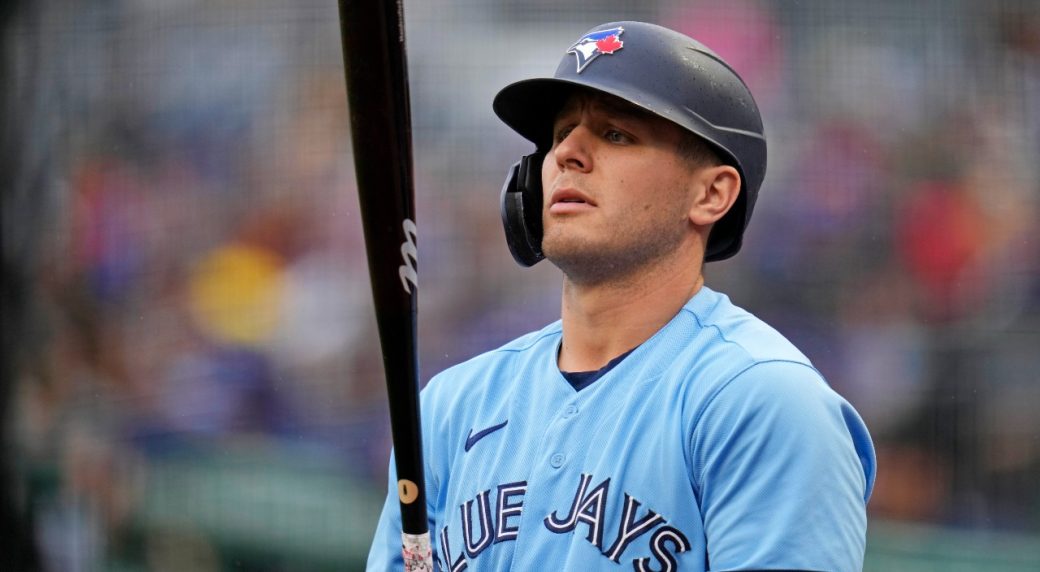ESPN’s Bracketology Process
ESPN’s Bracketology is a meticulous effort aimed at forecasting the NCAA tournament field with precision, mirroring the criteria used by the NCAA Division I basketball committee during their selection process in March. Renowned bracketologist Joe Lunardi utilizes a comprehensive set of data points, such as strength of schedule and assorted season-long indicators like the NET and team-sheet data comparable to those available to the NCAA, in his painstaking projections of the tournament field.
68-Team Bracket Overview
The 68-team bracket configuration has been the standard format of the NCAA tournament field since 2011. However, if the 2021 field consists of 68 teams, there will be notable deviations from prior years. The most significant alteration in the current scenario lies in the entirety of the NCAA tournament being held at a singular location. Consequently, this negates the necessity for geographic considerations in seeding. Furthermore, this season sees a reduction in automatic qualifiers due to the absence of the Ivy League in the 2020-21 season, resulting in a total of 31 AQ entries for this year.
48-Team Bracket Projection
In this proposed projection, a more streamlined selection process would trim down the field by 10 at-large teams and 10 automatic qualifiers (who would still receive a revenue unit). The top four seeds in each region would earn a bye into the second round, as the initial round would feature four matchups per region – 5 vs. 12, 6 vs. 11, 7 vs. 10, and 8 vs. 9 – played sans spectators on the higher seed’s home court. To minimize travel, first-round pairings would be primarily determined by geographical proximity. With the reduced field size, only 32 teams would vie at the centralized site. A key prerequisite for at-large consideration is that all participating teams must achieve a minimum .500 conference record, a guideline known as the “Lunardi Rule.”
16-Team Bracket Outlook
In this projection, the committee would meticulously handpick and seed the 16 most elite teams in contention. Contrary to the standard practice, there would be no automatic qualifiers; however, all non-competing conference champions would duly receive the designated revenue unit. To maintain a semblance of national parity, conference representation would be capped at four teams, with a stipulation prohibiting more than a single team from the same conference in any given region.
Image/Photo credit: source url





